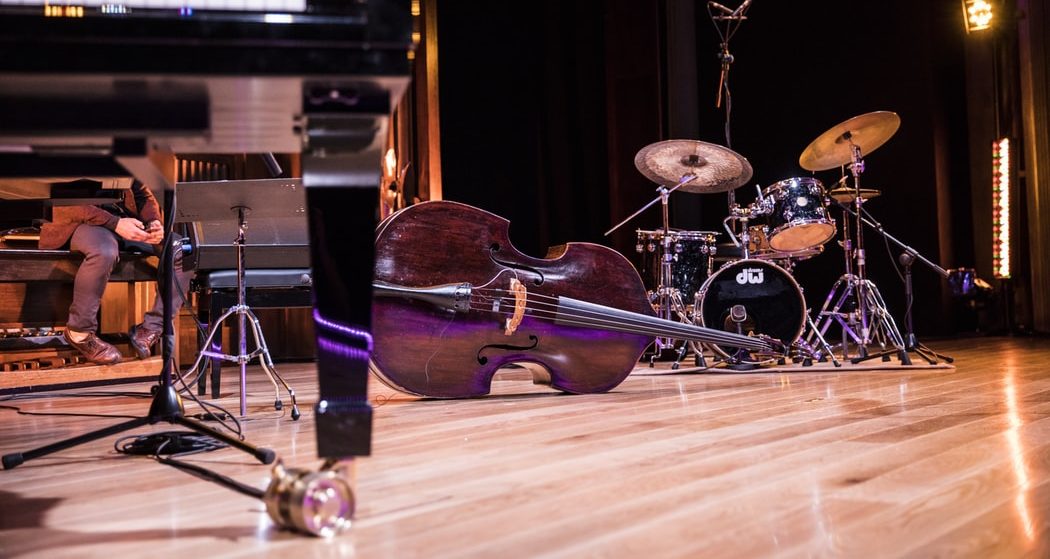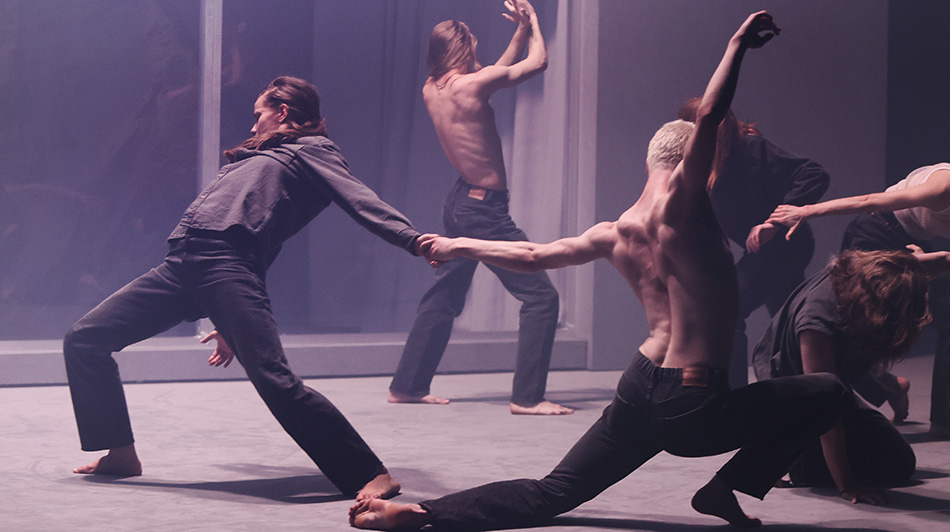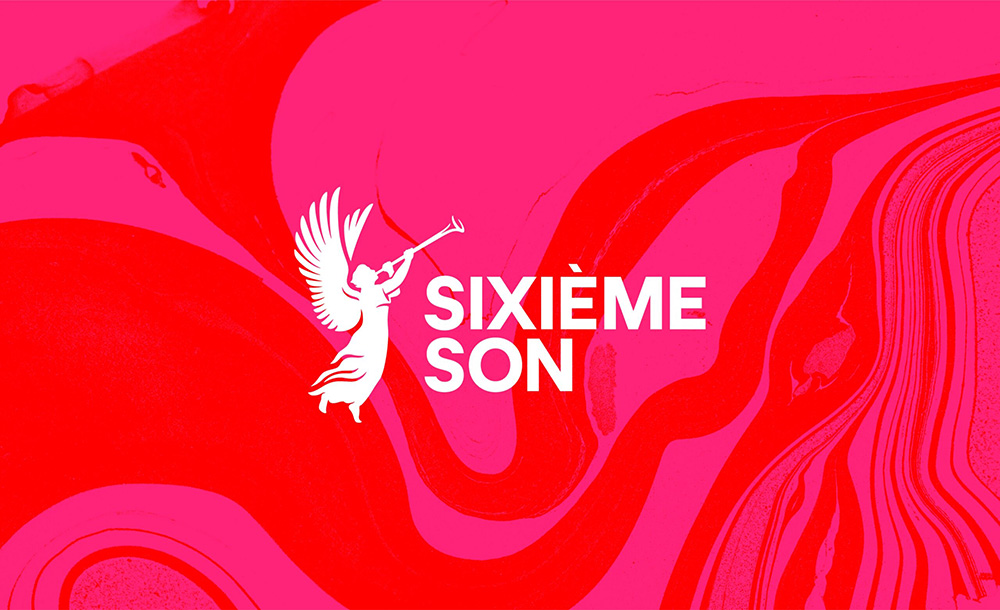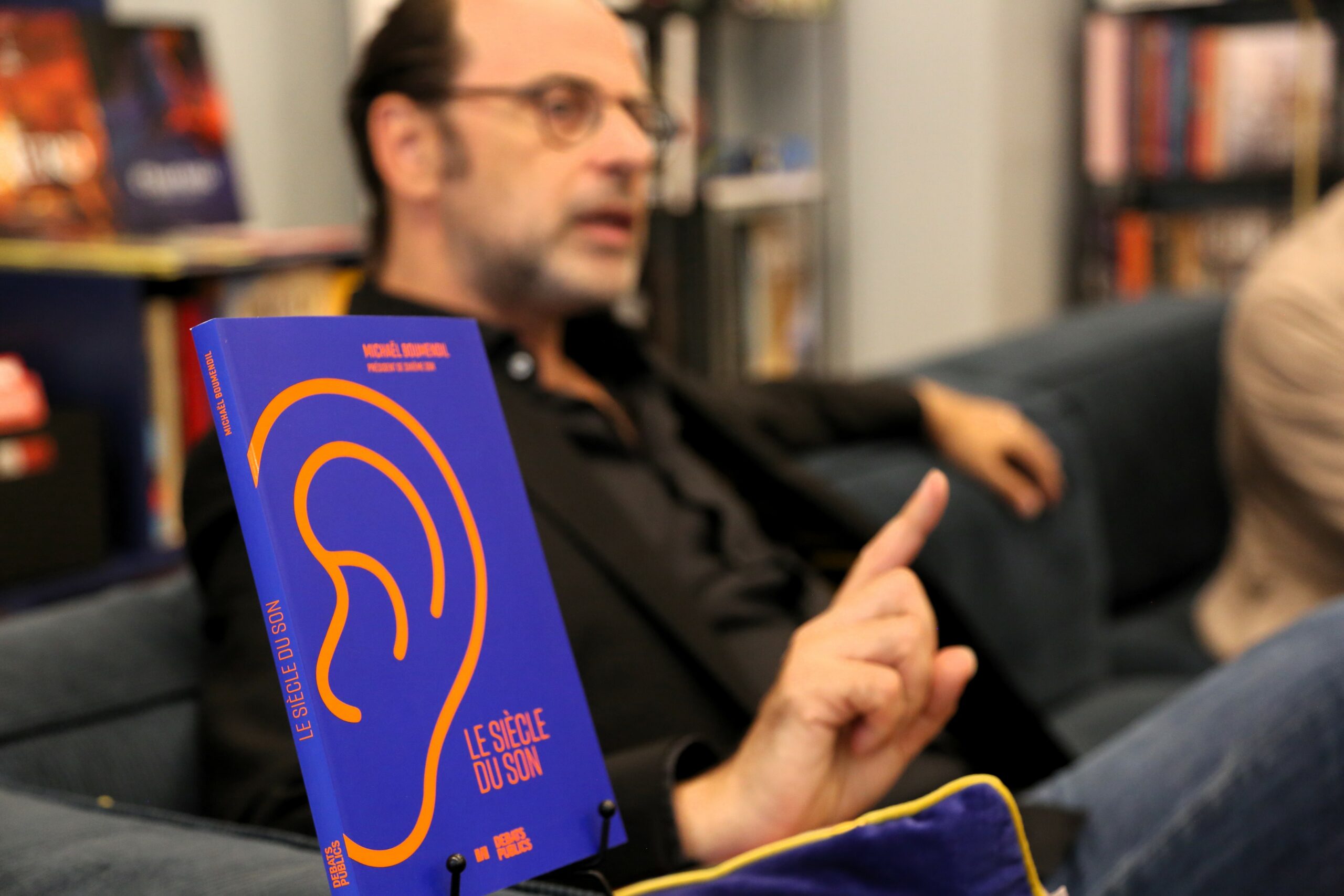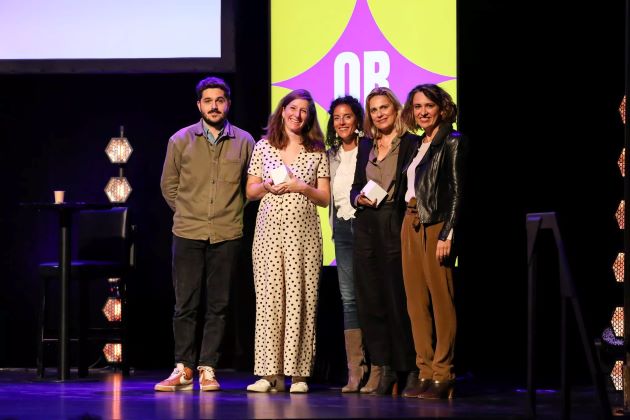Full disclosure here: we’re making a case for a more precise and mindful use of sound in conveying your brand sonic identity.
Written by Ella Duda, International Strategy Director
We’re convinced that, today, your sonic identity must be crafted and managed with the same care and discipline as your graphic identity. Here’s why:
Shorter, shallower attention spans.
Attention spans have declined from 12 seconds to 8 seconds in the last dozen years and people are in a state of “continuous partial attention” (Linda Stone). You need every tool in your kit to reach through the distractions.
Sound is fast and memorable. It’s processed bio-mechanically, straight from eardrums to the auditory cortex sitting right next to them in the brain. It works to convey meaning, enhance emotions and create memory.
When pairing a visual logo with a sound logo, it doesn’t just make the logo twice as recognizable or memorable – they multiply each other.
If your brand has a recognizable sonic identity, people will pick it up even if their eyes are closed, averted or darting all over a screen.
All new media in the past two decades is audio-enabled.
Today people are conditioned to take in sight and sound together. The media experience they’re accustomed to is accompanied by sound and music.
But brands are far behind this trend. They spend fortunes on their visual identities, yet leave the choice for sound and music to the various agencies and suppliers who create their videos, telephone hold music, commercials and events.
Usually this results in a hodgepodge mix of choices, and although the visual look and feel are coherent, the sonic is not. Just as you have a visual identity you could (and should) have a distinctive, proprietary sonic identity. And it needs to reflect your values, personality and aspirations.
I’m sure your brand has a visual style guide. Does it have a sonic style guide ? Well, it could.
Rise of voice activated brand experiences.
And this is a big one for those looking to future proof their brand. Not only are attention spans dwindling, but screens are smaller and voice activated experiences are on the rise. Meaning, visual supports will have very little impact to none.
Sound and music will be the only medium for brand expression and experience, thus designing that experience and understanding how to differentiate your brand purely through sound, will be the game changer to future success.
Conclusion
As attention spans continue to shrink and visual stimulation falls away, the competitive advantage will go to those who invest in sonic branding. It will not only capture consumer attention, but also underscore brand values, creative strategy and most importantly communicate the role of the brand in the consumer’s life. Without it, the brand will struggle to survive.
